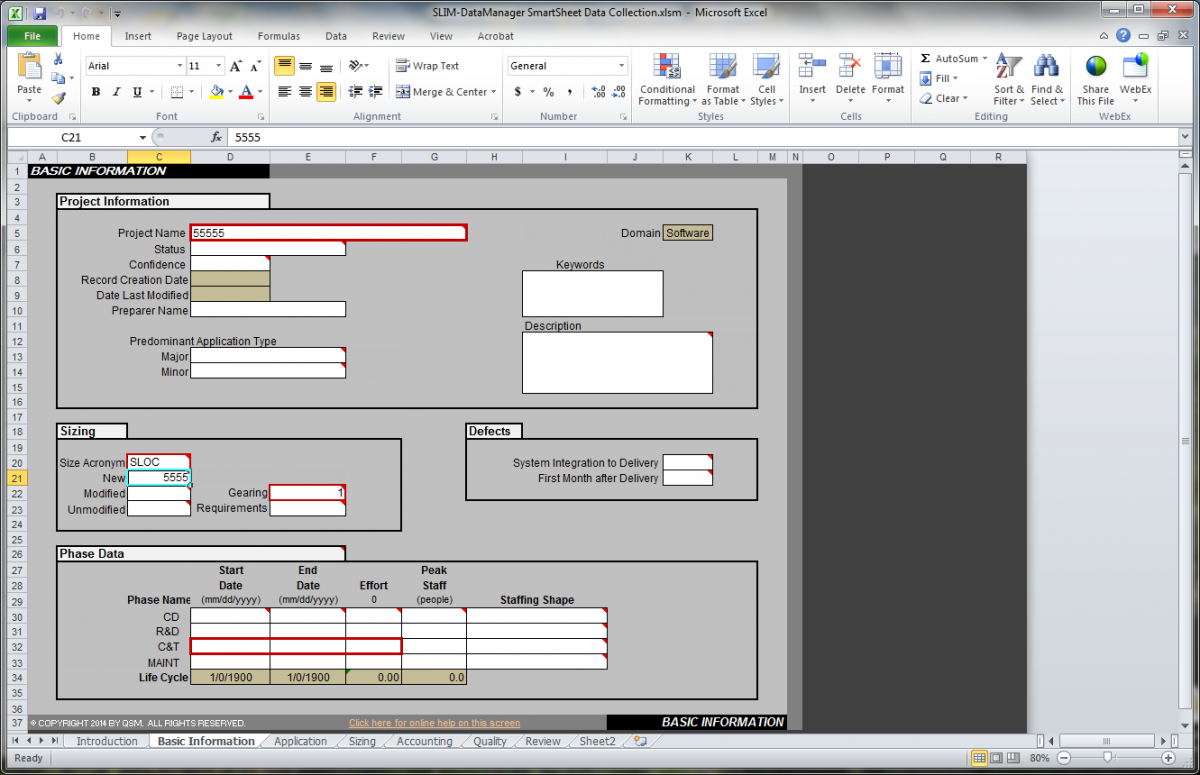Cut the 'Madness' Out of Software Estimation
The time has come, once again for QSM’s annual March Madness tournament. As we enter our 6th year of friendly office competition, I looked back at some of my previous strategies to help me figure out how I wanted to go about completing my bracket this year. In doing this, I realized that many of these concepts can be applied towards IT project management.
Three years ago, I built my bracket around an emotional desire for my preferred team to win. I paid very little attention to their previous performance that season, or any of the other teams for that matter. Needless to say, I did not do as well as I had hoped that year. Unfortunately, this strategy is applied fairly frequently in software estimation, with stakeholders committing their teams to unreasonable schedules and budgets for projects that are “too big to fail.” Committing to a plan based off of the desired outcome does not produce a good estimate, and often results in cost overruns and schedule delays (or in my case, quite a bit of ridicule from the Commish).

 With the most recent spurt of inclement weather, there is really no denying that winter is here. After awaking to about 4 inches of snow accumulation, I begrudgingly bundled myself up in my warmest winter gear and proceeded to dig out my car. Perhaps the brisk air woke me up faster than usual because as I dug a path to the car, I began to think about software testing, specifically how effective early testing can reduce the chances of
With the most recent spurt of inclement weather, there is really no denying that winter is here. After awaking to about 4 inches of snow accumulation, I begrudgingly bundled myself up in my warmest winter gear and proceeded to dig out my car. Perhaps the brisk air woke me up faster than usual because as I dug a path to the car, I began to think about software testing, specifically how effective early testing can reduce the chances of 


